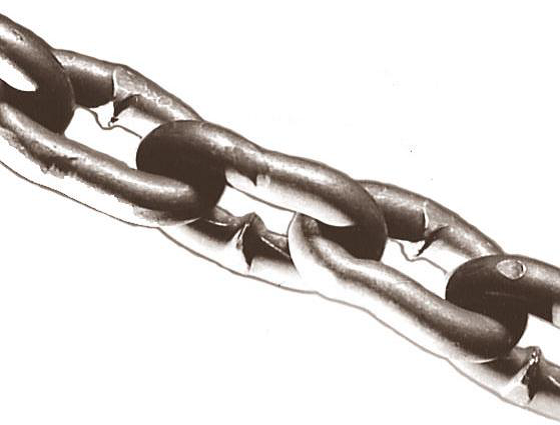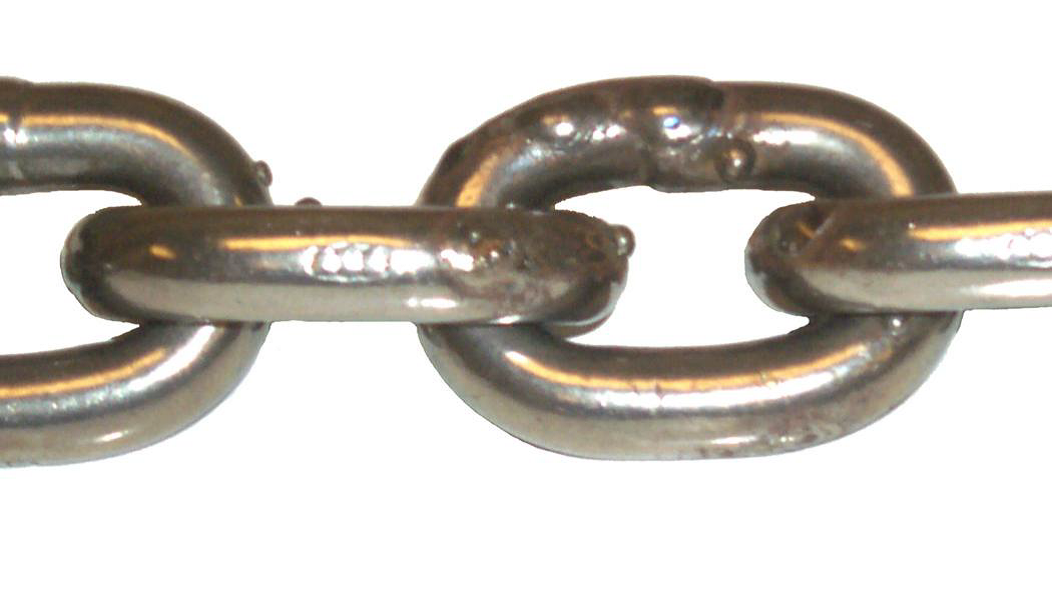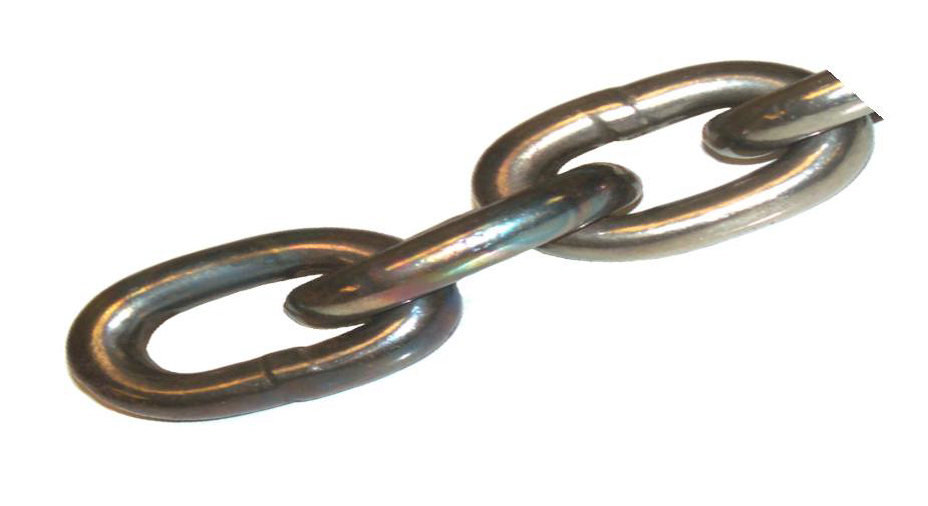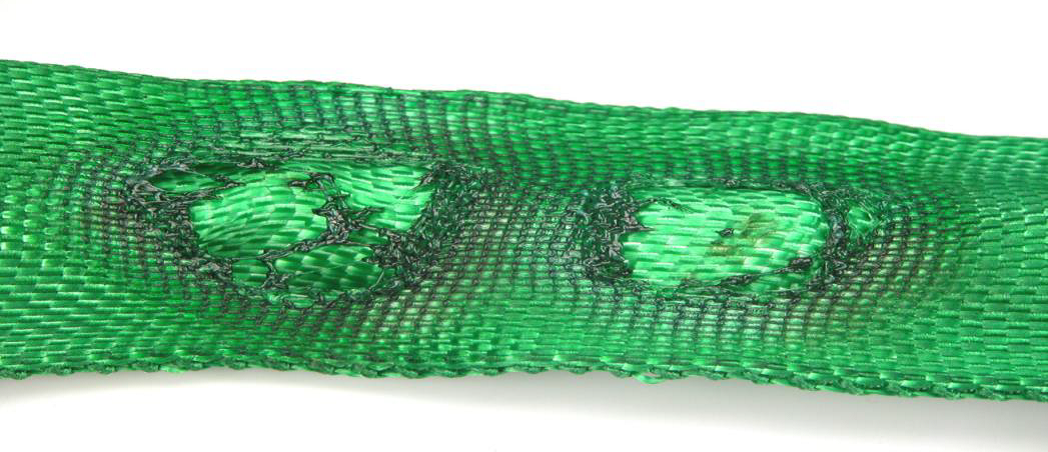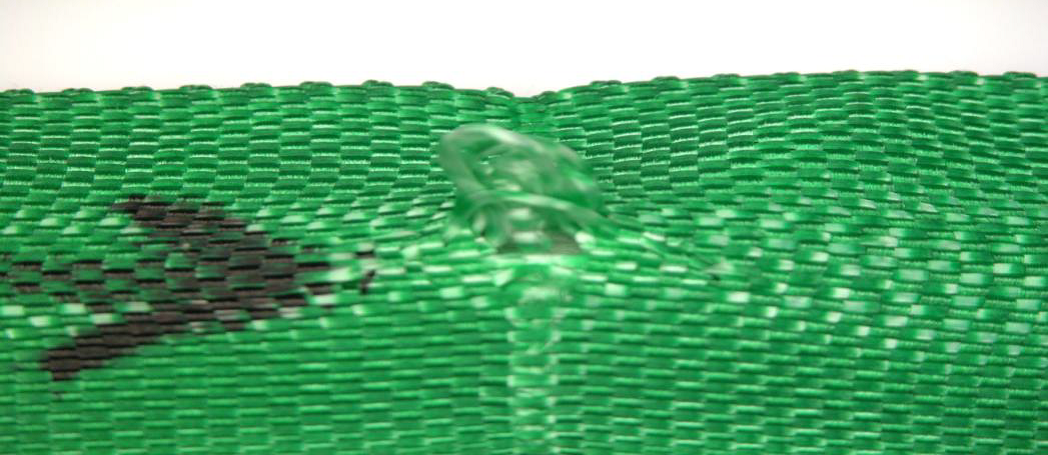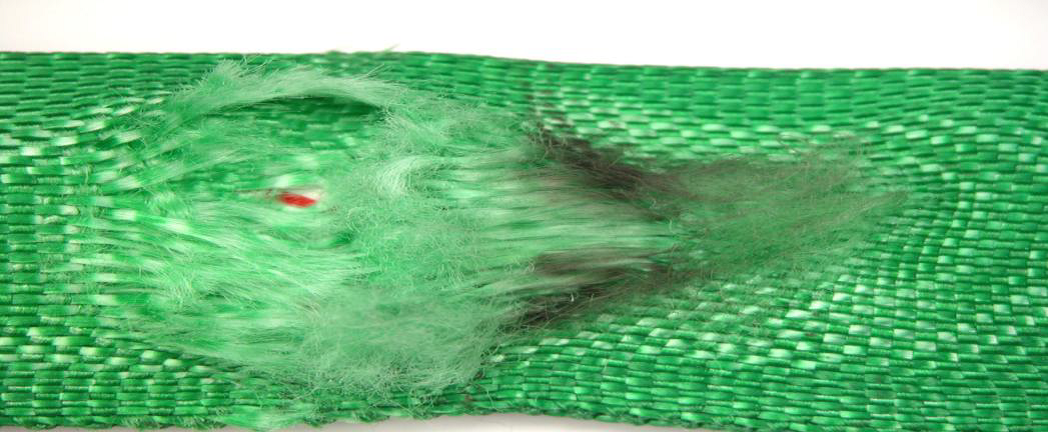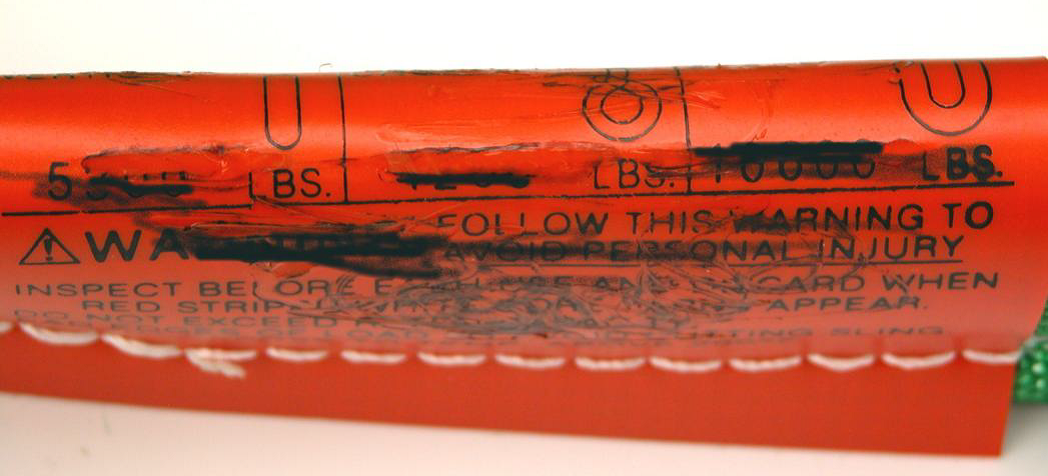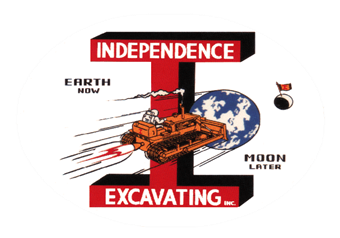Title Page
-
Division
-
Date of inspection
-
Prepared by
-
Note: Operators are responsible to inspect rigging prior to each use.
General
-
Verify no slings are shortened with knots, bolts or other makeshift devices.
-
Verify hooks are not cracked, opened more than 15% from normal throat opening, or twisted more than 10 degrees.
Wire Rope Slings
-
Remove from service any sling that has:
-
Does it have less than 10 randomly distributed broken wires in any one rope lay?
-
Does it have less than 5 broken wires in any one strand in one rope lay?
-
Example of Broken Wire
-
Free of any broken core strands?
-
Example of Wear
-
Are they free of wear or scraping of 1/3 the original diameter of outside individual wire?
-
Example of Excessive Kinking
-
Free of excessive kinking?
-
Example of Distortion
-
Free of any other damage resulting in distortion of the wire rope structure?
-
Example of Heat Damage
-
Free of heat damage or welding arc strikes?
-
End attachments are not cracked, deformed or worn?
-
Free of corrosion of the rope or end attachments?
-
Are the sling capacity charts are readily available?
Chain Slings
-
Are the capacity tags are in place, securely attached and legible?
-
Example of Bent and Stretched chain
-
Free of deformation or elongation of any chain links?
-
Example of Welding Arcs
-
Free of any welding arc strikes to any links?
-
Example of Heat Damage
-
Free of any signs of heat damage?
-
Are all labels in place and clearly legible?
Synthetic Web Slings
-
Remove from service any sling that has the following.
-
Example of Chemical Damage
-
Is the webbing free of chemical damage?
-
Free of any signs of burning, charring or melting?
-
Example of a snag.
-
Example of acceptable cut.
-
Free of snags, tears, punctures or cuts?
-
Example of Broken or worn stitches
-
Free of broken or worn stitches?
-
Example of not readable tag.
-
Is the capacity tag readable?
Operational Inspection
-
Are the load weights are known by operator.?
-
Are the slings not loaded in excess of rated capacity?
-
Are the slings padded at sharp edges.?
-
Are the employees clear of suspended loads?
-
Will any shock loading occur?
-
Are the Alloy Chain slings not exposed to temperatures above 1,000 deg. F?
-
Are the polyester or nylon synthetic web slings not exposed temperature greater than 180 deg. F?
-
Are the polypropylene synthetic web slings not exposed temperature greater than 200 deg. F?
-
Are the eye-bolts shouldered with the load (washers or nuts may be used)?
-
Are the Nylon synthetic web slings not exposed to acids or phenolics?
-
Are the Polyester and Polypropylene synthetic web slings not exposed to caustics?
-
Are the slings with aluminum fittings not exposed to caustics?
Lifting Hardware
-
Are the shackle diameters are not worn more than 10% of there nominal diameter?
-
Are the eye-bolts not bent?
-
Are the rated capacity and torquing specifications legible on swivel hoist rings?
-
Are the below-the-hook lifting devices rated for capacity?
-
Are all hardware free from structural deformation, cracking or heat damage?
-
Are all below-the-hook lifting devices that significantly add to the load weight labeled for weight?
-
Are all shackles and eye-bolts made of alloy steel?
-
Are all shackles and eye-bolts labeled with Safe Working Load (SWL) or Working Load Limit (WLL) or industry standard capacity charts are conspicuously posted?
-
Has there been no hardware/parts substitution?
-
Inspector Name and Signature











